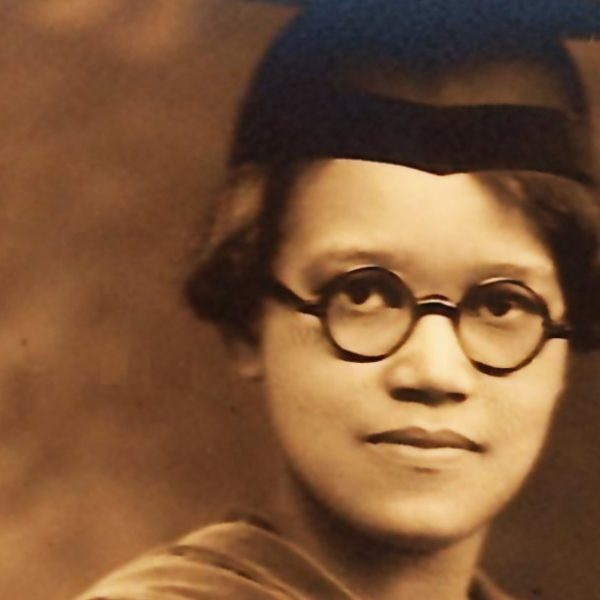Notes from a Native New Yorker: Gershwin’s “Porgy and Bess”
Michelle Stein
George Gershwin’s music is a near inimitable part of American culture. Though he lived a short life, dying at the age of thirty-eight, the work he composed during his life offered a long-lasting heritage and contribution to American musicals and concert pieces.
In 1935, Gershwin’s American folk opera Porgy and Bess opened on Broadway for 124 performances. The opera tells the story of Catfish Row, based off of the Cabbage Row in Charleston, South Carolina, and focuses on the life of the people there. Though named for Porgy and Bess, and concentrating on their relationships, the opera is also a broad look at Catfish Row, and nearly all its residents receive fully developed characterizations. Bess is torn between a relationship with the beggar Porgy and the dockworker and drug user Crown. Porgy ultimately murders Crown, who had been thought to have fled from Catfish Row, prompting Bess to take flight from Catfish Row.
In the New York Times review of the original production, Brooks Atkinson focuses on the influence of Gershwin on the work, writing that “the evening is unmistakably George Gershwin’s personal holiday,” and suggesting that Gershwin’s contributions to the work, which was previously a novel and play, offered a more personal touch to the work which contributed greatly to the heritage of the work.
Not all felt positively about the work though. Many saw the work as dominated by racial stereotypes that make it impossible for it to stand as a true representation of American cultural history. As early as 1936 Duke Ellington was offering his negative reaction to the piece, and during the Civil Rights era the work continued to be viewed primarily as a poor representation of African-American culture.
More recently, Larry Starr, in his study of Gershwin as a Broadway icon in his contribution to the  Yale Press Broadway Masters Series, George Gershwin, devotes an entire chapter to Porgy and Bess, studying the music, the story, and characters. His examination of Gershwin’s music is both an analysis of the music alone as well as a filter for an argument about the critical reaction to the work. Ultimately, Starr proposes that Gershwin’s commitment to using exclusively his own compositions and styles of music for Porgy and Bess is demonstrative of Gershwin working to not be seen as exploitative by making the artistic product entirely his own. He does not take from other cultures, but rather he uses his own identity to create the work.
Yale Press Broadway Masters Series, George Gershwin, devotes an entire chapter to Porgy and Bess, studying the music, the story, and characters. His examination of Gershwin’s music is both an analysis of the music alone as well as a filter for an argument about the critical reaction to the work. Ultimately, Starr proposes that Gershwin’s commitment to using exclusively his own compositions and styles of music for Porgy and Bess is demonstrative of Gershwin working to not be seen as exploitative by making the artistic product entirely his own. He does not take from other cultures, but rather he uses his own identity to create the work.
Porgy and Bess offers not only an examination of a moment in time through music, but also a reflection on the ways in which cultural heritage can be seen as wrongly appropriated or not. These questions are serious ones that are especially relevant to a world that grows increasingly global. As a final point, Porgy and Bess offers one small antidote to the February chills:
[youtube http://www.youtube.com/watch?v=pVSNU_SEkTI]
Michelle Stein is a former Yale Press intern and recent Vassar College graduate. She lives on the Upper West Side in New York.



